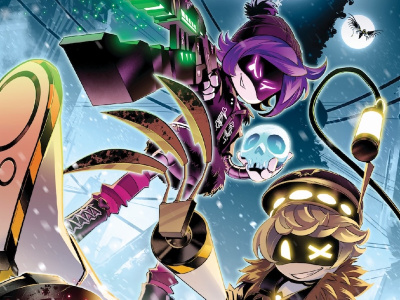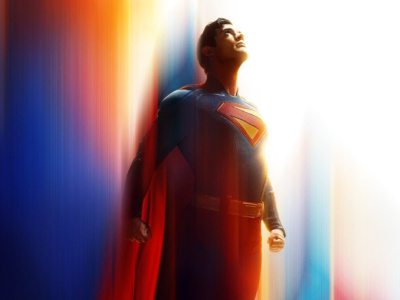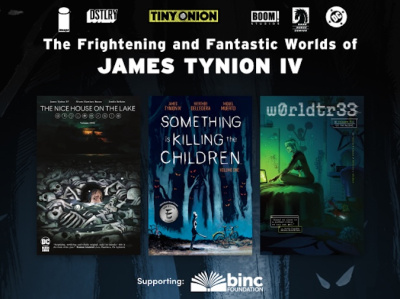
ICv2 had a chance to sit down with Dario Di Zanni of Disney DigiComics at New York Comic Con to talk about the origins and status of Disney DigiComics and plans for future digital comics initiatives from Disney. Di Zanni is the Senior Manager, Marketing and Business Development, New Media, for Disney Publishing Worldwide (based in Milan Italy), and was instrumental in the founding of Disney DigiComics.
In Part 1 of this two part interview, we talk about the origins of Disney DigiComics and the rationale behind it. In Part 2, we talked about Disney’s navigation between download-to-own, subscriptions sites, subs and bundles; and timing of releases. We also talked to Di Zanni about Disney's digital strategy for Epic of Mickey, its huge new storyline kicking off in the upcoming Wii release from Disney Interactive.
We covered this on ICv2 (see “Disney DigiComics’ Global Launch”), but let’s start at the beginning. When did Disney DigiComics launch?
The project was born in March 2008; my old boss gave us this assignment. I came from marketing and my colleague Gianfranco [Cordara] came from comics. This boss told us, ‘You have six months; this is your budget; make something great.’ One month later he went to another company. We still had the budget and still had five months to think about it. Actually it took us less than six months, it took us three months to conceptualize DigiComics and to start going around the company. Disney’s a pretty big company so there were a lot of people who had to be part of the game, who had to be involved in the process. The project finally launched in December 2009, so less than eighteen months later.
It’s a very ambitious project because it was started by two guys pretty much in a garage, and then it became the Disney Publishing digital project for comics. We took advantage of having that amount of time to study the market; to study the competition; to study ourselves; to study what was in our archives; and what was the best approach for us to go to the market. We could take some time. We didn’t have to rush to the market. We wanted to be very strategic. By very strategic, I mean what we were doing with our assets and what we wanted to do in our future, starting from a base of comic pages that are pretty countless for us.
We are talking about more than 50,000 comic pages that we have in our archives. Which means this is basically an endless business.
By archives, do you mean internationally, or just in
It’s everything. Disney owns rights for all types that anyone produces.
So that includes the stuff that was produced in the States in the fifties, for example?
Exactly. And the stuff that is produced in
When we started working on digital comics there was this big [digital] manga phenomenon in
There were experiments that were done in Disney before we joined, before we were appointed to the job. They were probably more futuristic, if I can say, because they were more animation-driven exercises than old comics and new comics.
What we said is, ‘We don’t do animation. We at Disney do animation, but there is somebody who actually does animation and does it very well--the studio. So we don’t have to do that. We are story-tellers through comics.’
This is what we said, ‘We want to stick to what we do best, tell stories through comics. We want to let people enjoy those same stories that we’ve done in the past and will be doing in the future in a seamless way. People shouldn’t have to feel the difference between a piece of paper and a piece of technology.’
There were no tablets at that moment. We were thinking about a project that could start from mobile phones and potentially go to every digital destination meaning every digital device.
You mean buy once, read anywhere?
Yes. We planned the DigiComics project to be multi-platform in the way it was conceived. We made a pretty big investment in back end technologies rather than in different ways of doing the product on the front-hand side. We created a big system to record all assets, to report all existing assets, to convert them to a reading experience that would fit with the different screen size.
This is where we are now—
We have launched on iPhone (we are going to release a major update of DigiComics that is going to be for larger screens, so for iPad as well). We launched on PSP.
We are working two different models, of course, because we have licensees and we wanted them to part of this. We didn’t want to make them feel that digital was going to cannibalize their business, but that digital was going to be complementary.
You mean your content licensees?
Yes, like Egmont in
Print is not going to vanish overnight and digital is not going to take over overnight either. It will take years. It’s like when Henry Ford introduced cars, and people wanted to ride horses. The market for cars started happening and then we didn’t use horses any more. It will happen for sure.
We have to build according to what the market is asking us, according to what we are best at doing, story-telling. This is why we started with two major platforms (at least the ones that seemed to be major when we launched, meaning iPhone/iPods and PSP).
Everything else happened after we launched. In three months there was the iPad coming on the market, and Android tablets coming now. This is where we want to go with our DigiComics project.
DigiComics is just the first cornerstone for Disney Publishing Worldwide, on how are we to distribute creatively our own product. We can call it a static reading experience, even if it’s with animation. If it’s with sound, it’s multi-media but it’s just the first step for us to go to a broader audience in terms of demographics, a broader audience in terms of devices, but also in terms of story-telling. We are also trying to experiment a lot in order to understand if there can be adjustments to the story-telling that are supported by technology and enhanced by the technology, where the technology is enabling writers to show a different look, a different taste of the same characters that readers have been reading for almost 70 years now.
We’d like to put DigiComics in international perspective. This project was launched from
Correct. Historically
This goes back to our roots of all the great artists of the Italian editions: Scarpa,







